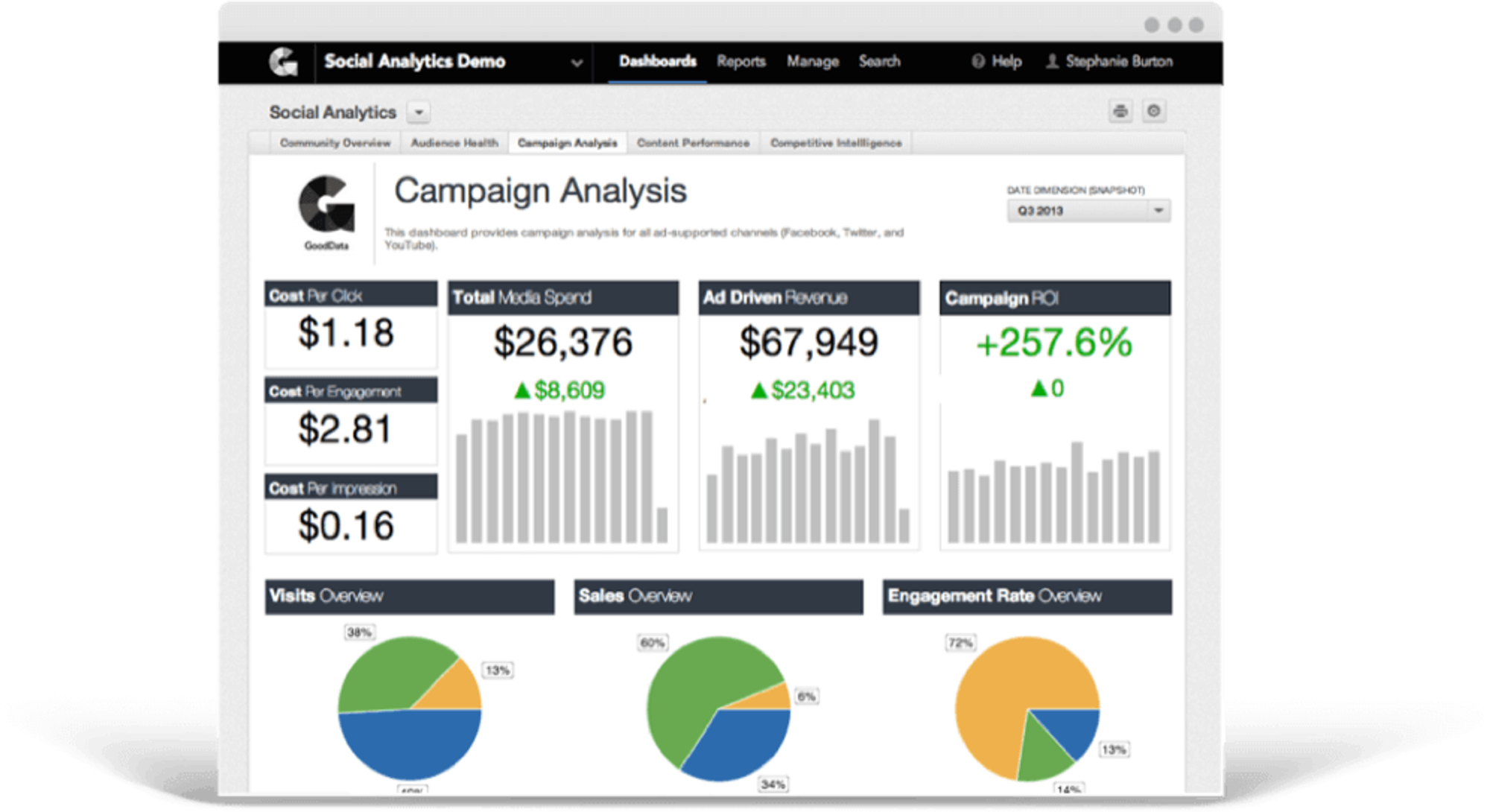What's the True Cost of Big Data?


In the early 1990s, when the recently pioneered computer market was beginning its push into technological nirvana, engineers worked to maximize data storage capacity at what was then a mere 30MB. Nearly 25 years later, a common investment for the tech-dependent is the n-terabyte hard drive. Similarly, in the past 35 years, data capacity per unit cost has doubled every year.
Data Storage as a Country--A Deflation Story
In September 1981, a Macintosh storage drive cost approximately $700,000 per gigabyte. In July of 2013, a Western Digital MyBook cost $0.06 per gigabyte. To put this into perspective: if data storage was a country that used gigabytes as currency, the rate of inflation would look something like this:
Data storage has had an average rate of inflation of 9.3% over the past 35 years, with a high of 285.7% between January 2008 and July 2009. An inflation rate of 9.3% puts our fictitious economy just behind Egypt and just ahead of Burundi.
Egypt and Burundi are the 205th and 206th most highly-inflated countries in the world, meaning that 205 countries from Egypt down to the Mariana Islands (ranked first) are deflating compared to the price of data storage.
But that’s not even the half of it. In the last five years, the gigabyte has shown inflation rates of more than 83%, which means that storage is getting cheaper--for every single country on Earth.
This deflation, paired with Moore's Law doubling the throughput for computer processors every two years, makes analytics even cheaper. Analytics that were borderline impossible on super-sized super-computers in the 1980s are now happen in seconds, on a laptop while waiting for a sub-par mocha at your apartment complex’s Starbucks.

...But What’s the ROI?
As organizations continue to grow, their data collections grow, in different ways. The data of some businesses or industries tends to grow linearly, whereas others may grow exponentially or entirely unpredictably. Regardless, the organization inevitably begins to question what their data means, and begin to look for a business intelligence solution.
For many business users, the cost of a complete analytics platform can seem prohibitive. But with a combination of the best minds for the job and cloud usage, cloud business intelligence will boost user productivity. It will also seriously mitigate some long term expenses that can slip through the cracks with on-premise solutions.
Unlike the cloud-shaped Lakitu in Super Mario Bros, the cloud won’t fight you. Instead, it syncs operations universally, and in the right hands these operations are autonomously analyzed. This shifts the entire process out of the hands of IT and into the hands of a complete platform, which can show analytics in real time.

Although some business users might dislike the price tag associated with “big data” BI projects, but it’s actually worth it--more than 13 times over. Nucleus Research recently reported that every dollar spent on analytics returned $13.01. This is 120% of the analytics ROI in 2011, and as we continue to expand our analytical capability, there’s no telling how much further this could grow.
Universally, the interpretation of unified data makes businesses more efficient. It will continue to do so cross-culturally, spinning a web of connection so thorough and so dense, that the global playing field will approach a never-before-seen levels of interconnectivity. And here we stand, on the brink of it all.
Experience GoodData in Action
Discover how our platform brings data, analytics, and AI together — through interactive product walkthroughs.
Explore product tours

